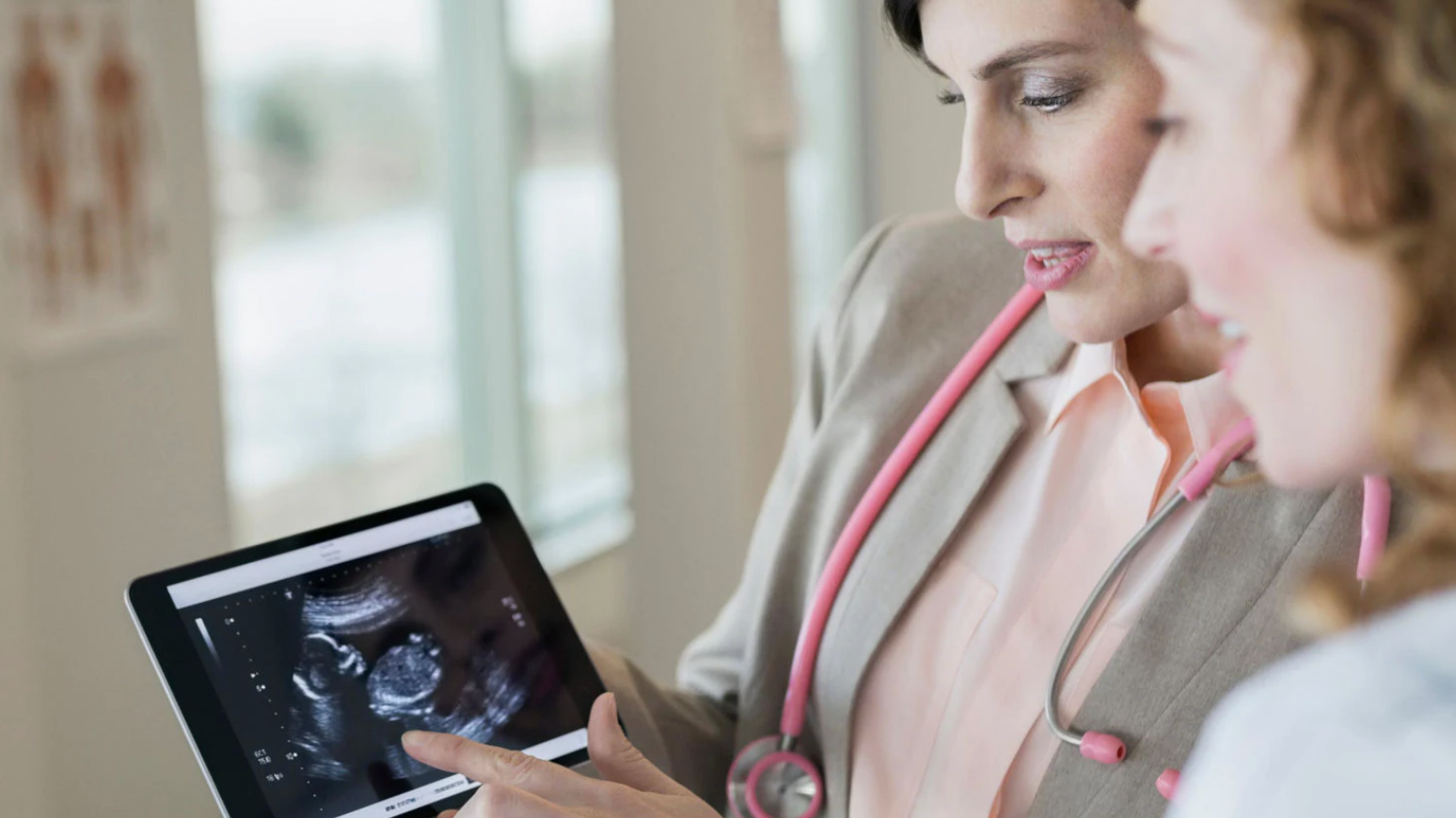Healthcare will account for almost half of 5G’s $1.3tn boost to global GDP by 2030
According to a new report from PwC, by the year 2030, the use of 5G in the healthcare industry will contribute $530bn to global GDP, making it the primary sector to benefit from 5G.

A new report from PwC has claimed that by the year 2030, 5G technology will contribute more than one trillion dollars in global GDP, with 5G-powered healthcare applications adding $530bn, more than any other sector.
The report, titled ‘The global economic impact of 5G’ [PDF], found that productivity and efficiency gains will drive 5G adoption, but it’s in the healthcare sector that 5G will provide the most opportunity.
"Remote care is just one area in which 5G can enable both cost savings and better health outcomes."
PwC report.
“The rapid rise of telemedicine during the COVID-19 pandemic provides a glimpse of the future of healthcare, but remote care is just one area in which 5G can enable both cost savings and better health outcomes,” the report said. “For example, 5G will improve efficiency and productivity in hospitals through advances such as 5G-enabled tracking of medical devices and patient beds and the application of AI to 5G sensor data to trigger actions automatically and accelerate patient handovers.”
Four areas of healthcare to benefit from 5G
Boosted by advances in robotics, IoT and AI, the PwC report revealed that 5G will enable a “connected healthcare ecosystem”, which will align with the concept of ‘4P’ medicine: predictive, preventative, personalised and participatory.
“This ecosystem will use 5G connectivity to meet patient and provider needs accurately, conveniently, cost-effectively and at a massive scale,” the PwC report explained.
PwC’s analysis has outlined that 5G could enhance healthcare applications and generate higher economic value, and it predicted that four 5G use cases would dominate the healthcare sector over the next ten years, which are as follows:
1. Fewer and shorter hospital stays. 5G will vastly improve communication among doctors and with patients by enabling it to be continuous and real-time, both within and outside hospitals.
Net contribution to global GDP by 2030: US$161bn
Get up to speed with 5G, and discover the latest deals, news, and insight!
2. Streamlined doctor–patient interactions. Mobile health platforms powered by 5G will enable faster and more accurate collection and sharing of health information both among health systems and between healthcare providers and patients.
Net contribution to global GDP by 2030: US$89.5bn
3. Drone-transported medical equipment and therapies. A defibrillator dispatched using a 5G-enabled drone could arrive at the patient’s location four times faster than if it were brought by ambulance.
Net contribution to global GDP by 2030: US$155bn
4. Improved experience and efficacy of telemedicine. Compared with previous generations of mobile technology, the combination of higher speed and efficiency with lower latency makes 5G better able to support remote, real-time interactions between doctors and patients.
Net contribution to global GDP by 2030: US$123.5bn
To discover how other industries will benefit, and to get more information on PwC’s predictions for 5G, you can download ‘The global economic impact of 5G’ report today.
- Why 5G small cells are vital for mmWave 5G
- Get updates on the hottest 5G stocks
- Discover the truth behind 5G dangers
- 5G towers: everything you need to know
Dan is a British journalist with 20 years of experience in the design and tech sectors, producing content for the likes of Microsoft, Adobe, Dell and The Sunday Times. In 2012 he helped launch the world's number one design blog, Creative Bloq. Dan is now editor-in-chief at 5Gradar, where he oversees news, insight and reviews, providing an invaluable resource for anyone looking to stay up-to-date with the key issues facing 5G.

